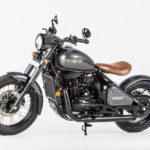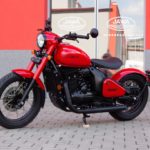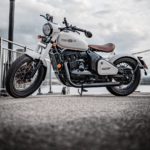

Technical specification
| Engine | 4-stroke, water cooled |
| Cylinder | 1 |
| Bore & Stroke (mm) | 76 x 65 |
| Displacement (cm3) | 294,72 |
| Compression rate | 11±0,5 : 1 |
| Maximal power (kW/r x min-1) | 17 / 7000 |
| Maximal torgue (Nm/r x min-1) | 25 / 5750 |
| Starter system | electric |
| Transmission | 6 |
| Wheelbase (mm) | 1370 |
| Seat height (mm) | 765 |
| Fuel tank capacity (l) | 13,2 |
| Reserve (l) | 2 |
| Wheels front (“) | 2,15 x 18 |
| Wheels rear (“) | 2,50 x 17 |
| Tyre front (“) | 90/90-18 M/C; 51P |
| Tyre rear (“) | 120/80-17 M/C; 61P |
| Front suspension (mm) | 135 |
| Rear suspension (mm) | 100 |
| Front break with ABS (mm) | Disc 280 |
| Rear break (mm) | Disc 240 |
| Dry weight (kg) | 182 |
| Maximal speed (km/h) | 125 |
As far as the model historical milestones of our brand are concerned it is without any doubt Pérák that is written in bold letters in the brand history.
The typically sloping rear part of the motorcycle, the harmonious, eye-pleasing lines, the stylish single-seater compact design and, of course, the drop-shaped tank with the logo which conquered the world. All this brings together the historical and contemporary Pérák models.
Though the new Pérák is much more advanced from a technical point of view. Of course, it meets the currently applicable EURO 5 standards thanks to its liquid-cooled, four-stroke, DOHC single-cylinder engine with a displacement of 334 cm3 and a power output of 22.54 kW. Damping is ensured by a central suspension unit in the rear part of the motorcycle. The BYBRE front disc brake is still complemented by a rear disc brake.


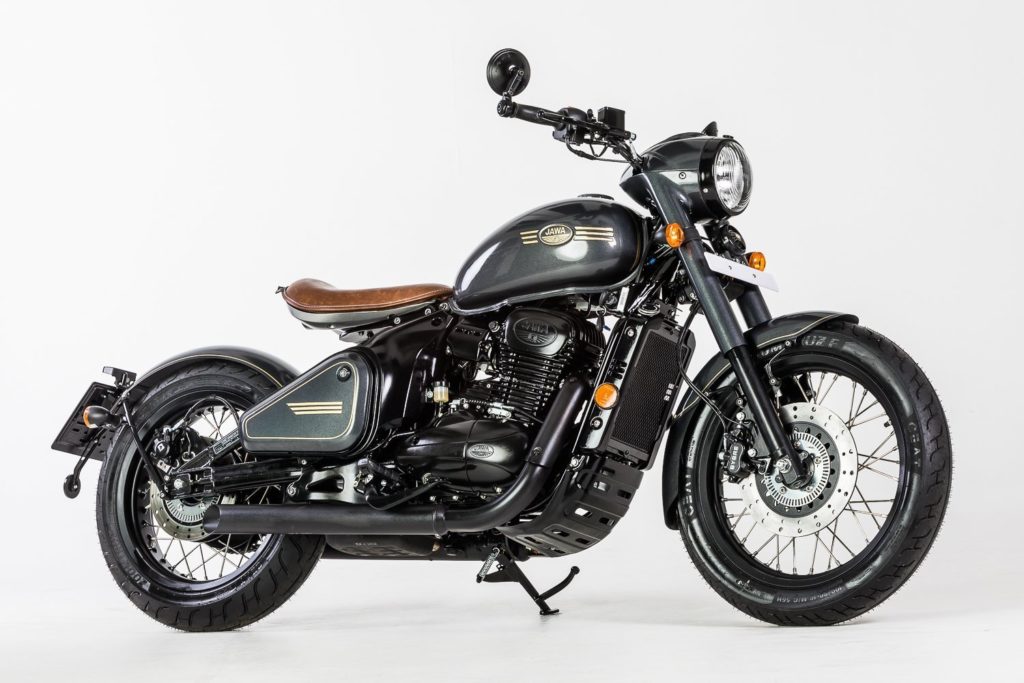
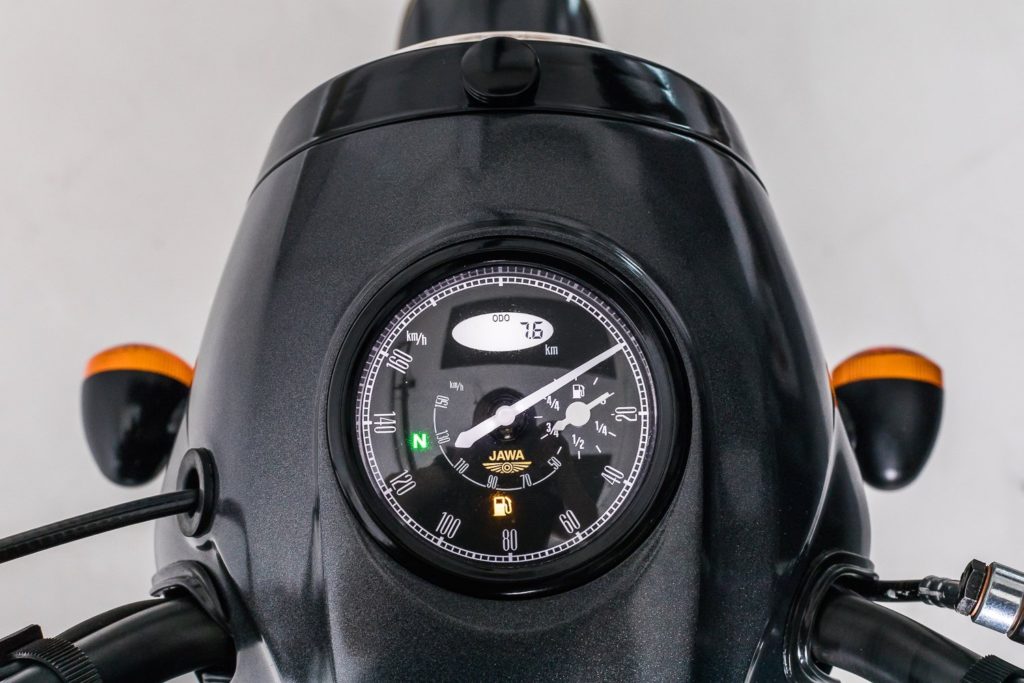


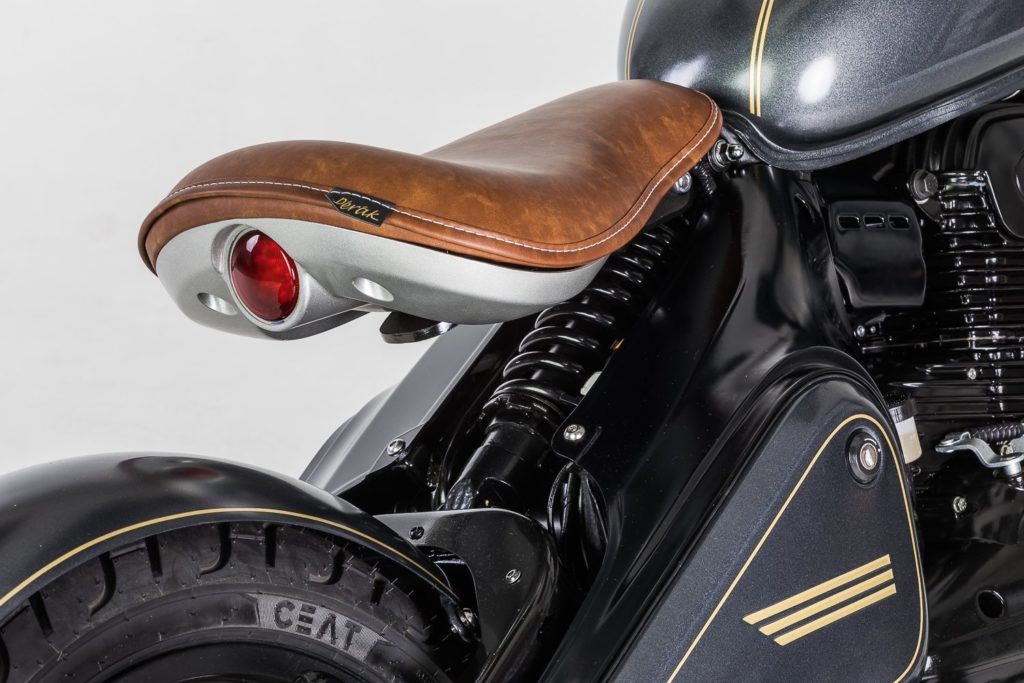
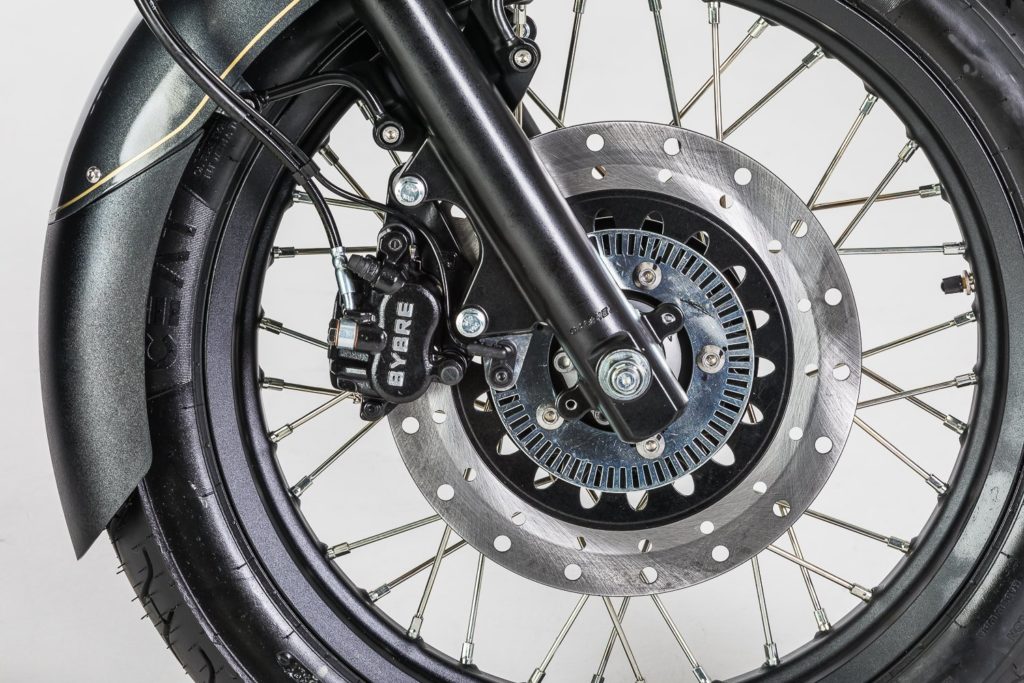
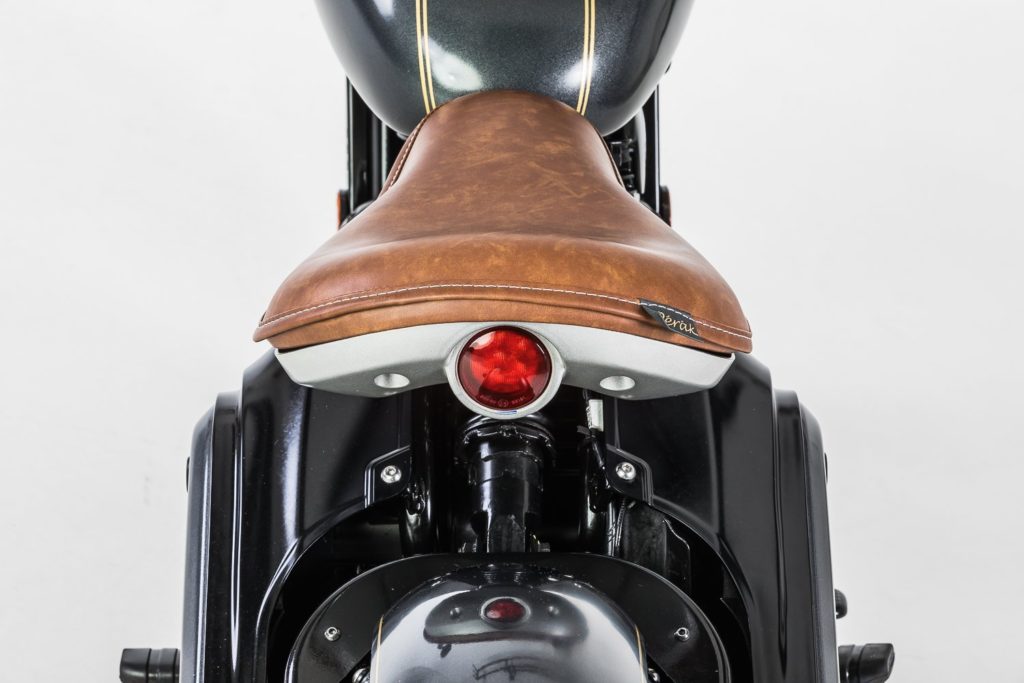
Pérák traces back to war-torn Europe when Czechoslovakia, nest of the Jawa motorcycles, was under Nazi occupation. Jawa was brought to a stark halt, as their factories were taken over by the SS and used to keep Nazi military vehicles running and well serviced.
In the shadows of this dark time, a team of Jawa engineers, lead by Dr. J Frei, worked in secrecy on a new project. This team, which included Josef Jozil and Rudolphe Vykoukal, knew the perils of war couldn’t last forever and the world would one day be ready for a new Jawa motorcycle. They would be ready.
The group of Jawa engineers worked tirelessly to develop a new motorcycle, perfecting the art of deceit and quietly defying the Gestapo. When they were not building, they were surreptitiously testing the motorcycle, getting past the Gestapo by wearing Wehrmacht fatigues and DKW badges during their trial runs. The Jawa team’s persistence and courage was rewarded. When the war was declared over and the smoke finally cleared, the new motorcycle – called the Perak – was ready. The Perak is lauded as a historical marvel and set the stage for Jawa’s success in post-war Europe.

